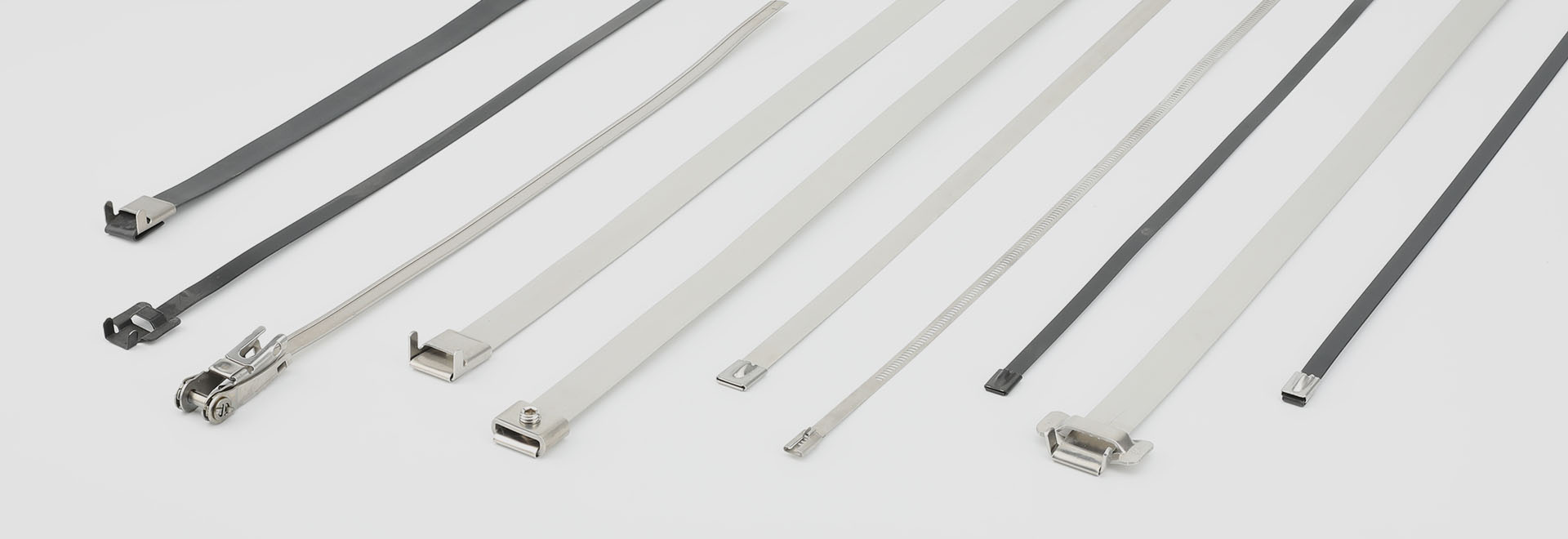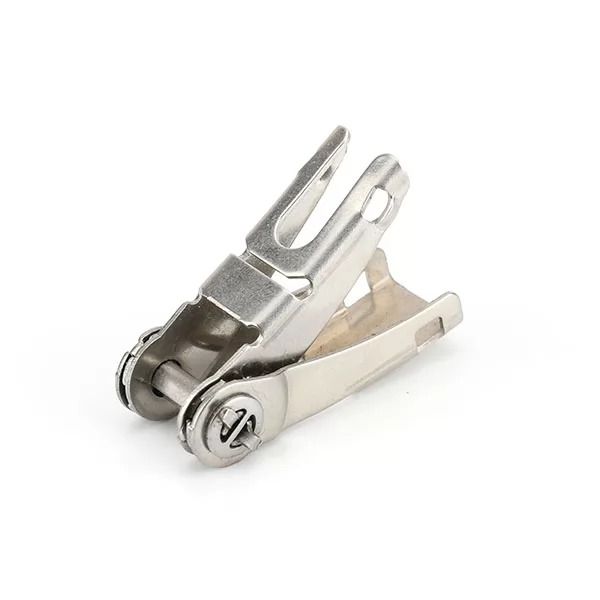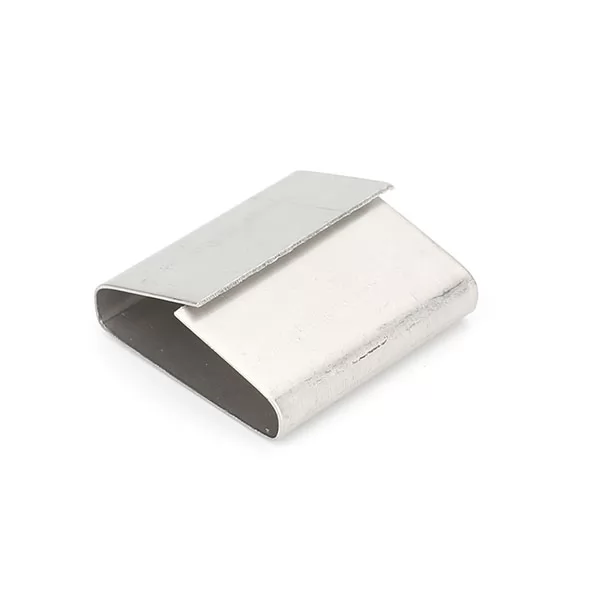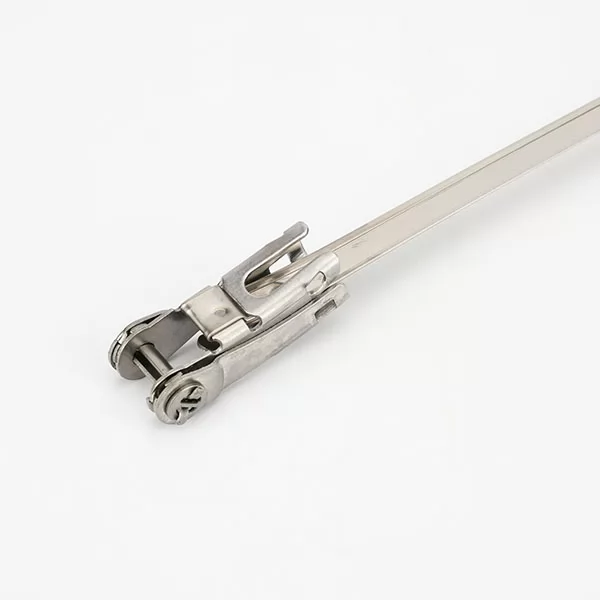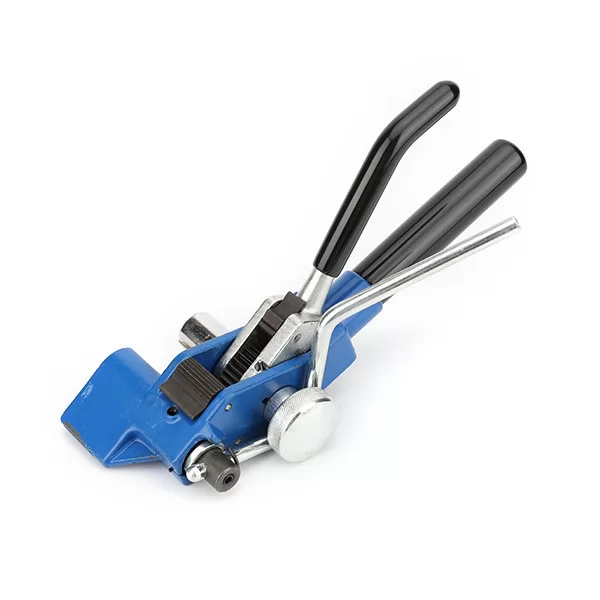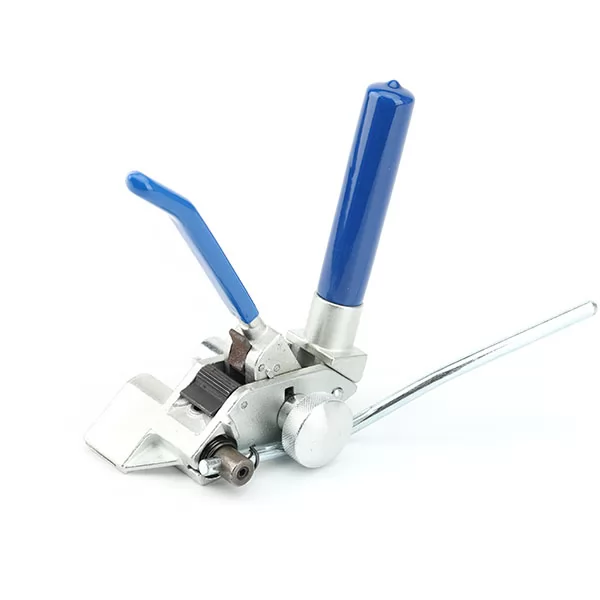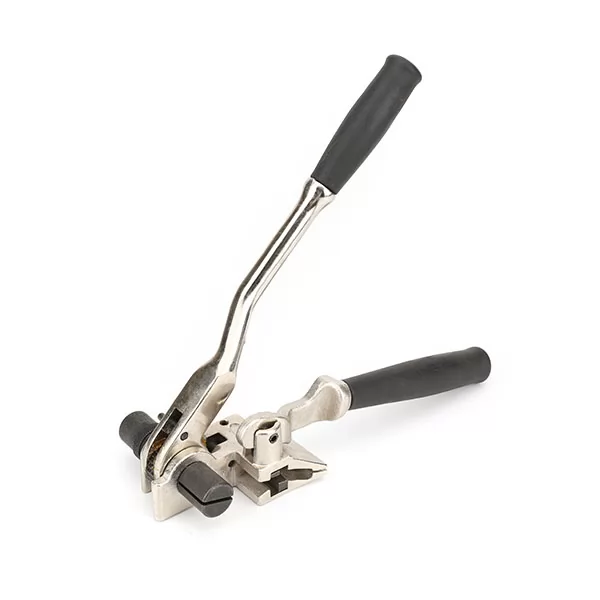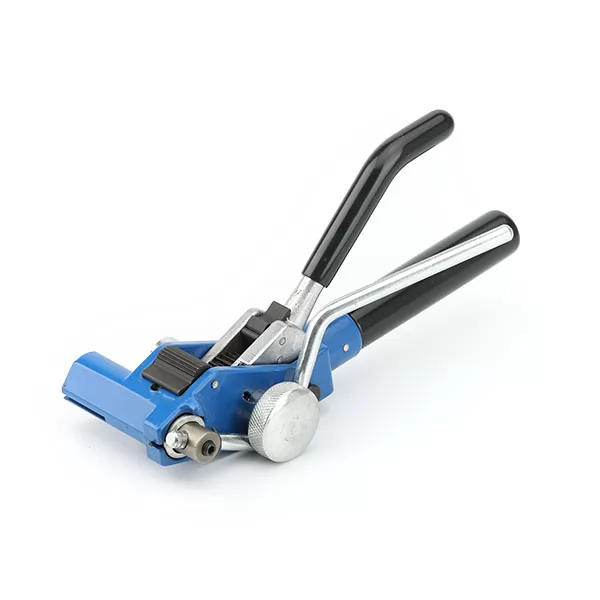ratchet strapping machine
Elevate your operations with premium ratchet strapping machine—contact LONYOU today for expert guidance and durable, CE‑certified fastening systems tailored to your toughest industrial challenges!
1. Understanding ratchet strapping machine:A Buying Guide Overview
1.1 What Are ratchet strapping machine?
ratchet strapping machine are specialized instruments designed to tension, seal, and cut stainless steel straps used for bundling heavy loads and securing cargo. Unlike carbon‑steel strapping systems, these tools leverage the exceptional corrosion resistance of stainless steel components—geared pawls, tensioning wheels, and cutting blades—to deliver reliable performance in marine, construction, and outdoor environments. Available in manual, battery‑powered, pneumatic, and hydraulic variants, they accommodate a wide range of strap widths (12 mm to 32 mm) and thicknesses (0.5 mm to 1.5 mm), ensuring compatibility across diverse industrial applications.
1.2 Key Features of ratchet strapping machine
Tension Capacity &Precision –From 2,000 N to over 5,000 N, adjustable tension settings allow users to apply just the right amount of force, minimizing strap damage and ensuring uniform load distribution.
Material Quality –Crafted from 304 or 316‑grade stainless steel, critical parts resist pitting and oxidation, extending tool lifespan even under salt‑spray or high‑humidity conditions.
Ergonomic Design –Features such as cushioned, anti‑slip grips, balanced weight distribution, and low‑effort tensioning mechanisms reduce operator fatigue during high‑volume jobs.
Integrated Safety Mechanisms –Automatic tension stops prevent over‑tightening, while spring‑loaded cutting guards minimize accidental blade exposure.
CE &International Certifications –Compliance with EU Machinery Directive and ISO 9001 standards guarantees consistent quality, traceability, and safety across production batches.
1.3 Benefits for Industrial Applications
Investing in ratchet strapping machine translates into tangible operational advantages. For construction—and especially marine construction—tools endure corrosive saltwater spray without rusting, preventing tool failure mid‑project. In shipbuilding yards, the high‑tension capacity secures heavy pipe bundles and modules, while ergonomic designs enhance worker productivity by reducing repetitive strain injuries. Transportation logistics benefit from uniform strap tightness, minimizing cargo shifting and potential damage during long‑hauls. Over time, the longevity of stainless steel components reduces replacement frequency, delivering lower total cost of ownership compared to carbon‑steel systems.
1.4 Typical Use Cases
| Application | Strap Width | Tool Type | Primary Benefit |
|---|---|---|---|
| Marine Deck Bundling | 19 mm | Pneumatic Tensioner | Fast cycles, fatigue reduction |
| Pipeline &Cable Lashing | 25 mm | Manual Tensioner | Precise control, minimal upkeep |
| Steel Beam Bundling | 32 mm | Battery‑Powered Tool | High tension on‑site with mobility |
| Pallet &Crate Securing | 12 mm | Seal Press | Uniform crimps, consistent seals |
2. Comparing Types of ratchet strapping machine
2.1 Manual vs. Automatic Tools
Manual tensioners and seal presses provide cost‑effective entry‑level solutions, ideal for low‑volume or budget‑conscious operations. They require only basic maintenance—occasional lubrication and blade replacement—and weigh under 3 kg for easy transport. However, for high‑volume environments such as large‑scale manufacturing or shipyards, pneumatic or battery‑powered automatic tools deliver consistent tension, rapid cycle times, and reduced labor costs by automating cut‑and‑seal sequences. While the upfront investment is higher, many users see ROI within months due to labor savings and fewer strap breaks.
2.2 Buckle‑Based vs. Seal‑Based Systems
Buckle‑based systems loop the strap through a reusable stainless‑steel buckle, offering quick release and re‑securing capabilities—perfect for adjustable bundling applications like temporary scaffolding bracing. Seal‑based systems, by contrast, use single‑use stainless-steel seals crimped with a seal press or crimper. This approach yields the highest permanent tension retention, making it the preferred choice for cargo shipping and long-term storage where strap loosening must be avoided.
2.3 Compatible Stainless Steel Straps
Selecting the right strap is as critical as choosing the tool. 304 stainless offers solid corrosion resistance for general industrial use, while 316 stainless adds molybdenum for superior performance in marine or chemical environments. Standard strap thickness ranges from 0.5 mm (light‑duty bundling) to 1.5 mm (heavy‑duty applications), with widths spanning 12 mm up to 32 mm. Always verify tool ratings to match strap dimensions to prevent jams or component wear.
2.4 Accessory Components
Beyond the tensioner or sealer itself, key accessories include:
Strapping Buckles: Quick‑lock vs. adjustable styles that suit either fixed‑angle or multi‑angle bundling.
Seal Crimps: Single‑action (one squeeze) vs. double‑action (two‑squeeze) crimpers that affect seal strength and cycle speed.
Replacement Blades and Springs: Stocking OEM spares ensures minimal downtime;consider maintenance kits that bundle frequently replaced parts.
3. How to Choose ratchet strapping machine for Your Project
3.1 Assessing Strap Width and Thickness
Begin by auditing your typical strap dimensions:tools are engineered for specific width‑thickness combinations. Using a 32 mm tool with a 12 mm strap can lead to slippage, while forcing a 32 mm strap through a 19 mm tool risks jams. Perform a quick compatibility matrix—matching tool spec sheets to your standard strap stock—to narrow your shortlist.
3.2 Evaluating Tension and Durability
Different tasks demand different tension levels:heavy‑duty steel beam bundling may require upwards of 5,000 N of force, whereas carton palletizing could be satisfied with 1,500 N. Check manufacturer‑provided cycle‑life figures—a well‑built stainless tool can endure upwards of 20,000 tension cycles before major overhaul. Warranty terms often reflect expected durability;longer warranties signal greater confidence from the maker.
3.3 Ergonomics and Ease of Use
Consider the operating environment:tight spaces call for low‑profile heads;overhead tasks benefit from lightweight, single‑handed models. Features like anti‑vibration handles, cushioned grips, and simple single‑lever operation reduce the risk of repetitive strain injuries. Survey your operators—gather feedback on weight balance, handle comfort, and control intuitiveness before committing to a bulk purchase.
3.4 CE Certification and Quality Assurance
Regulatory Compliance: CE marking verifies that tools meet the EU Machinery Directive’s essential health and safety requirements.
Tested Safety Features: Overload protection, blade guards, and emergency stop mechanisms undergo third‑party testing to mitigate workplace hazards.
Quality Management: ISO 9001–certified production facilities adhere to strict process controls, ensuring each batch of tools delivers the same performance and reliability.
4. Maintenance and Best Practices for ratchet strapping machine
4.1 Cleaning and Corrosion Prevention
After each shift, wipe down tools with a mild, pH‑neutral detergent to remove dirt and strap residue. Rinse thoroughly and dry with compressed air or a lint‑free cloth. Apply a light film of food‑grade or anti‑corrosion lubricant to moving parts—spring pivots, tension wheels, and cutting blades—to block moisture ingress and minimize wear.
4.2 Replacement of Worn Parts
Institute a monthly inspection routine:examine springs for loss of tension, pawls for chatter marks, and blades for dull edges or nicks. Replace any component showing visible wear or deformation;proactive maintenance kits—complete with blades, springs, and seals—help minimize unplanned downtime and extend tool life.
4.3 Storage and Handling Guidelines
Store tools in a climate‑controlled area away from direct sunlight or temperature extremes. Hang tensioners by their handles on wall racks to prevent bent components, and keep seal presses in padded cases or dedicated drawers. Label each station’s tool kit with last‑maintenance dates to streamline audits.
4.4 Safety Tips During Operation
Operating ratchet strapping machine safely requires both training and vigilance. Always don cut‑resistant gloves and safety glasses to guard against strap recoil. Position your body so that hands stay clear of moving parts, and never override safety stops or attempt to tension beyond the tool’s rated capacity. Before cutting, ensure the blade guard is fully engaged and that bystanders are at a safe distance.
FAQ
Q1:What’s the difference between 304 and 316 stainless steel straps?
A:316 stainless contains molybdenum, enhancing resistance to chloride corrosion—ideal for marine and chemical environments where 304 may pit over time.
Q2:Can the same tensioner handle both buckles and seals?
A:Most manual tensioners are dedicated to one system;if you need both, choose a multi‑function automatic tool rated specifically for both seal crimping and buckle insertion.
Q3:How frequently should I calibrate pneumatic tensioners?
A:High‑usage shops should calibrate every 3–6 months;moderate‑usage facilities can extend to 12 months, always following OEM recommendations.
Q4:Are battery‑powered tools suitable for outdoor use?
A:Yes—opt for models with IP65‑rated housings, sealed battery compartments, and corrosion‑resistant fittings to withstand dust, water spray, and temperature fluctuations.
Conclusion
Selecting the ideal ratchet strapping machine hinges on matching strap dimensions, tension requirements, and ergonomic preferences to your operational needs. By understanding tool types, comparing systems, and following best practices for maintenance and safety, you can ensure long‑lasting performance, worker comfort, and uncompromised load security across any industrial environment.
More Related Articles:

